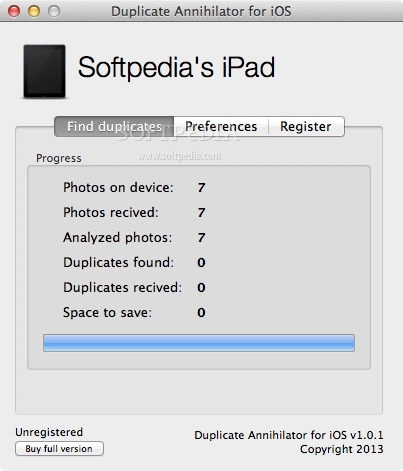

Then, I exported the remaining images as originals.

So, I chose go through each library manually to find and delete duplicates. In my case, I had a relatively small collection of libraries and was not in the habit of editing photos in Aperture. Next, remove duplicates from Aperture and iPhoto. If you have multiple libraries assembled in on one folder, the first step is to run a Gemini scan against that folder to see if any of the libraries are duplicated. With the file system clean, turn your attention to your Aperture and iPhoto libraries. Step through each subfolder in order and, you will remove most, if not all, of your duplicate folders and loose files. Working in smaller chunks puts less stress on the system and lets one focus on a single, discrete collection of folders at a time. Large DAM drives can tax the best deduping tools. 00_FAMILY) that we created during consolidation step. However, I suggest moving through the subfolders (e.g. One could simply point Gemini at the root level of the repository and it would find all of the duplicate folders and files. Removing duplicate files follows the same process as removing duplicate folders.
#Duplicate annihilator for photos manual
You can switch between them to do a manual check from right in the application. When a suspected duplicate file is clicked, the file is displayed in the interface. This view shows suspected duplicate files. The result would have shown suspected duplicates shared between the two (or more) duplicate folders. We could also have selected just the two suspected duplicate folders and run the scan. In this example, if there were more than one duplicate folder, they would have all shown up in the interface. Once duplicates are confirmed, check the box next to the folder to be removed and click Remove Selected to send it to the Trash. The result looks like this:Ĭlick on the individual folders to open them up and do a manual check. To confirm these are duplicates, drag the parent folder (01_FAMILY) over to Gemini and run a scan. Here, we have our new repository with two suspected duplicate folders. When it finds duplicates, Gemini presents them in a visual interface that allows confirmation of folders or individual files. Duplicate Project Foldersįor file system duplicates, I use Gemini, a tool that offers a hybrid approach. How and when you dedupe will largely depend on where the media currently lives (folders vs.
#Duplicate annihilator for photos software
The tradeoff is less opportunity for subjective (human) comparison of the files and, depending on how the software manages dupe deletion, the potential for a smaller, but less well organized repository.

Automated dedupe tools are generally faster and, in many ways, more accurate.īy comparing file sizes, EXIF data and running checksum analysis, dedupe software compares folders and files at deeper, more technically precise level. As one might suspect, manual deduping is more time consuming, but allows one more subjective analysis of the dupes to be removed. There are two basic options for deduping: manual and automated. The first step in the process is removing duplicates, commonly known as deduping. And, just in case, our original source cards/drives remain untouched in the WIPE box, waiting for us to finish. The other remains a valuable back up in case anything goes wrong during the cull. In the end, this will be a good thing as you reclaim disk space and narrow your image collection down to only the images you want to process, preserve and distribute.Ĭontinue to work only on your working DAM drive. When the cull is complete, you will have less data than at the start. This is the riskiest part of the process because it is subtractive. Now, act on this information and begin to cull the repository of duplicate data and media you do not need to process.

Conformation added both order and context to the working DAM drive while identifying possible duplicates within it. Consolidation gathered everything together. Up until this point, we have been adding to our DAM drives. Check out the rest of Organize Your Photos:


 0 kommentar(er)
0 kommentar(er)
